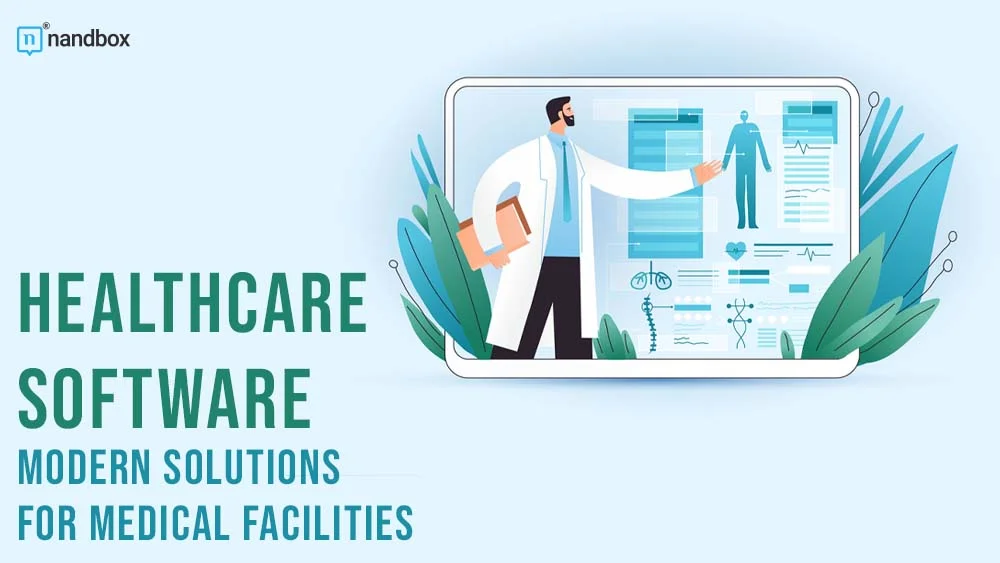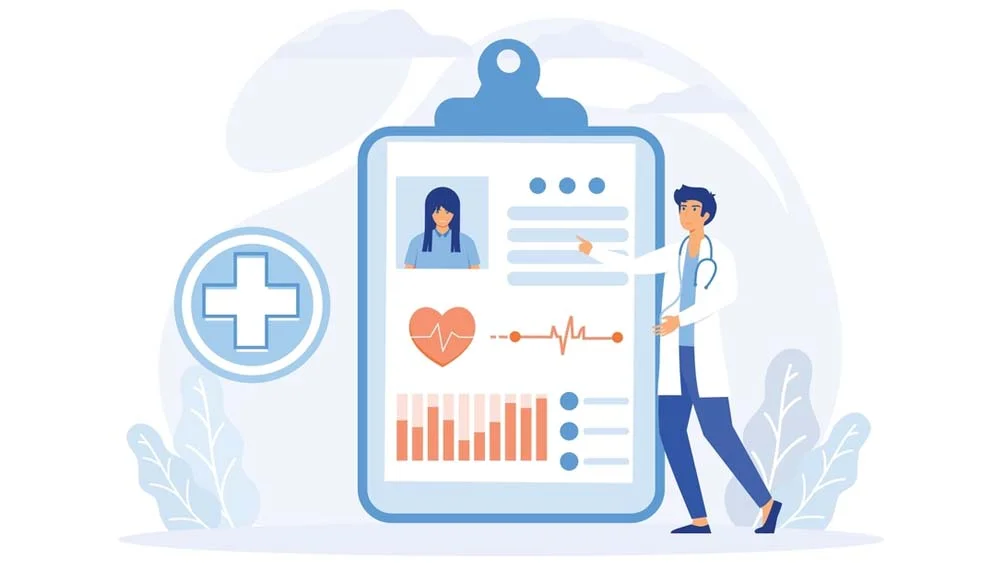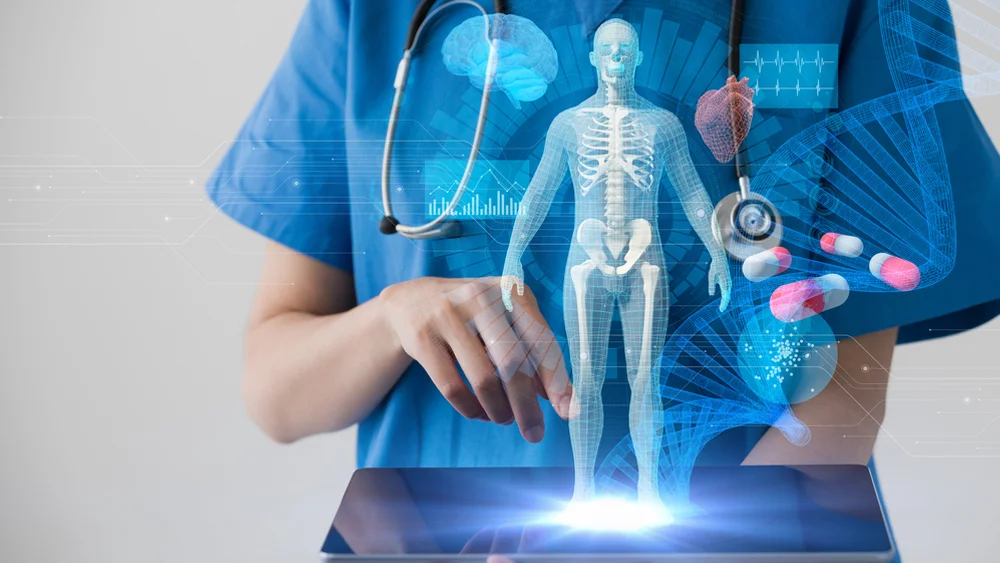In the healthcare industry, different types of software are used to address various needs, from administrative tasks to inventory tracking. The market is full of options for medical facilities, and finding the right software solution can greatly benefit the healthcare provider and the patients.
In this post, we will discuss some of the most popular types of software used in the medical setting and why they are so important in today’s healthcare. Keep reading if that’s something you are interested in!
The Importance of Healthcare Software in Hospitals and Clinics
As technology evolves, so does the need for efficient and reliable software solutions to use in medical facilities. Nowadays, healthcare software automates the majority of the tasks that a facility employee had to perform manually before. This leads to higher accuracy, as it minimizes the risk of human error.
Providing the best services possible is at the forefront of healthcare providers’ minds, and properly designed and maintained software allows them to deliver high-quality care. For instance, online doctors’ appointments became more accessible during the early days of the COVID-19 pandemic, thanks to telehealth applications. It is more than possible that in the future, more and more healthcare services will be delivered remotely, improving the efficiency of medical services and offering patients the convenience of not having to visit the physical doctor’s office.
Is Healthcare Software Safe?
There is a lot of concern about whether the systems used to streamline operations in medical facilities are safe and secure. Patients and physicians may worry about potential data breaches and unauthorized access to sensitive information. And abusing the system for personal gain is certainly a risk that cannot be ignored. However, custom medical software development companies and every enterprise agency work hard to implement the best security features and ensure that patient data is protected. Medical software has to be HIPAA-compliant, so the chance of it being unsafe is low.
Types of Medical Software Used in Medical Facilities
The market is full of different software products aimed at hospitals, clinics, and laboratories. They include many different types of applications and systems meant to simplify and automate different tasks at the facilities. Some of these are more common than others and keep growing in popularity. Let’s take a look at some examples.
Electronic Health Records systems
EHR systems are used to safely store, manage, and edit the digital version of patient paper charts. Not only does it allow medical staff to access the data quickly and conveniently, but it also saves space that archived paper records would otherwise take up. Additionally, EHR systems improve communication between healthcare providers. As they allow the sharing of patients’ information between different facilities. This is especially useful in the case of patients who need to continue their treatment in another location.
Another benefit is the ability to track and monitor patient progress based on the data stored in the system. Top EHR systems can help doctors make more informed decisions about their future care plans. As well as help analyze the data and spot patterns or trends that may indicate potential health problems.
Telemedicine apps
The pandemic has shown us how game-changing telemedicine apps are. The difficult situation the world had to face accelerated the growth of such software, and it remains in common use to this day.
Telemedicine apps are mostly used for remote doctors’ appointments and are extremely useful not only in providing convenient healthcare access for patients with routine medical needs but also in reducing the risk of exposure to contagious diseases in the clinic. It also makes it easier for patients from remote places to receive medical care without having to travel long distances.
Medical diagnosis software
Machine learning and, of course, artificial intelligence are starting to be integrated into more advanced healthcare apps. Helping to shape the way modern medicine is practiced. With many different diseases and symptoms to consider, sometimes diagnosing a patient may be difficult—especially in rare illnesses and complex conditions. By utilizing medical diagnosis software that uses artificial intelligence to analyze patient data much faster than a human doctor can make more accurate diagnoses in less time. Increasing the effectiveness of potential treatments.
While medical diagnosis software is still in its early stages. It has a big potential to completely revolutionize the field and improve patient outcomes. Additionally, by reducing the time needed from the patient’s initial consultation to receiving a diagnosis, such applications allow medical professionals to focus on other tasks.
Hospital management software
A useful tool for administrative tasks, hospital management software makes it easier to manage appointments, inventory, billing processes, and more. Many tasks can be automated, and the need for a human to manually input and manage data is greatly reduced. Freeing up valuable time for healthcare providers to focus on actual patient care instead of tedious tasks. It also allows for easier control of the hospital’s finances and resources, as tracking expenses is way easier with the use of this software.
Additionally, these all-encompassing tools make it easier for different hospital departments to cooperate, improve patient flow management, and collaborate more efficiently on care and treatment plans. They all have access to the same information and can collaborate more efficiently on patient care and treatment plans.
E-Prescribing software
This tool, while often part of more complex, integrated hospital management systems, can also be used as a standalone solution. Of course, its main benefit is the convenience it offers to the patient. Who does not need to visit the medical facility to get a physical prescription? It is also easier for physicians. As they can quickly fill and send prescriptions without the need for paper-based processes.
E-prescribing software reduces the chance of the patient receiving a prescription for the wrong medication or not being able to purchase the medication due to illegible handwriting. This alone can significantly improve patient safety. Every year, millions of electronic prescriptions are sent through e-prescribing software. Saving time and speeding up the time it takes for patients to receive their medication.
Software That Changes the World
Health is one of the most important aspects of our lives. And software meant for hospitals, clinics, and other medical facilities plays a crucial role in improving our wellbeing. With hundreds of options on the market. Virtually every healthcare provider can find a software solution that will meet their needs and elevate the quality of care they are able to offer. Technology goes hand in hand with the healthcare industry. And the relationship between the two continues to bring about innovative solutions that make our lives easier. In conclusion, nandbox App Builder gives healthcare providers the ability to design unique apps that are suited to their particular requirements, improving patient care and operational effectiveness. Because of its user-friendly platform, medical facilities can easily integrate it with current systems and modernize their offerings.





